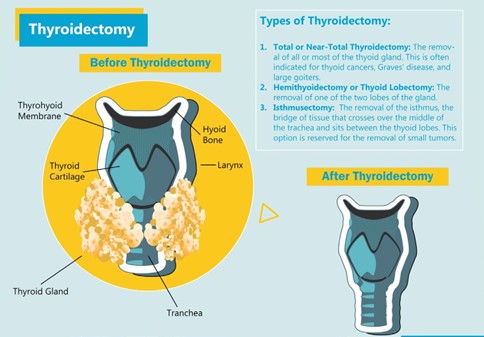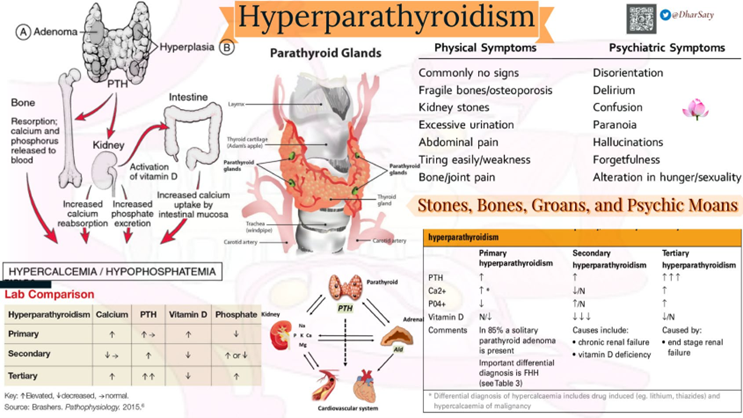Cardiac monitoring is initiated for a patient with diabetic ketoacidosis. The nurse determines that this measure is important to identify:
Electrocardiographic (ECG) changes and dysrhythmias related to hypokalemia.
The presence of hypovolemic shock related to osmotic diuresis.
Cardiovascular collapse resulting from the effects of hyperglycemia.
Fluid overload resulting from aggressive fluid replacement.
The Correct Answer is A
Electrocardiographic (ECG) changes and dysrhythmias related to hypokalemia are the main reasons for initiating cardiac monitoring in patients with diabetic ketoacidosis. In diabetic ketoacidosis, insulin deficiency causes the body to break down fat for energy, leading to the production of ketones and resulting in metabolic acidosis. In addition, glucose and potassium are lost in the urine due to osmotic diuresis. Hypokalemia can cause ECG changes and dysrhythmias, which can be life-threatening.
Hypokalemia is a common complication of DKA and can lead to ECG changes such as ST-segment depression, T-wave inversion, and U waves².
Hypovolemic shock related to osmotic diuresis is an important consideration in the management of diabetic ketoacidosis, but it is not the primary reason for initiating cardiac monitoring.
Cardiovascular collapse resulting from the effects of hyperglycemia is not a common complication of diabetic ketoacidosis, and it is not the primary reason for initiating cardiac monitoring.
Fluid overload resulting from aggressive fluid replacement is a potential complication of diabetic ketoacidosis, but it is not the primary reason for initiating cardiac monitoring.
Nursing Test Bank
Naxlex Comprehensive Predictor Exams
Related Questions
Correct Answer is D
Explanation
This is a critical finding that could indicate bleeding or compromised airway, both of which are potentially life-threatening complications following a thyroidectomy. Immediate intervention may be necessary to prevent further harm to the patient. The other options are important to note and should be addressed, but they do not require immediate intervention as the swelling in the neck does.

Correct Answer is C
Explanation
The patient with primary hyperparathyroidism has high levels of calcium in the blood (hypercalcemia) which can lead to symptoms such as kidney stones, bone pain, and weakness. High urine calcium levels may also be present due to the increased calcium in the blood.
One important intervention for managing hypercalcemia is to encourage fluid intake to promote increased urine output and prevent the formation of kidney stones. Therefore, the nurse should encourage the patient to drink at least 4000 ml of fluids per day.
Seizure precautions (a), range-of-motion exercises (b), and monitoring for positive Chvostek’s or Trousseaus sign (d) are not directly related to managing hypercalcemia and are not necessary in this case.

Whether you are a student looking to ace your exams or a practicing nurse seeking to enhance your expertise , our nursing education contents will empower you with the confidence and competence to make a difference in the lives of patients and become a respected leader in the healthcare field.
Visit Naxlex, invest in your future and unlock endless possibilities with our unparalleled nursing education contents today
Report Wrong Answer on the Current Question
Do you disagree with the answer? If yes, what is your expected answer? Explain.
Kindly be descriptive with the issue you are facing.

